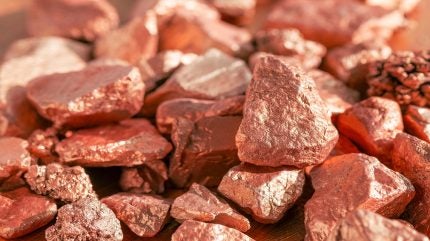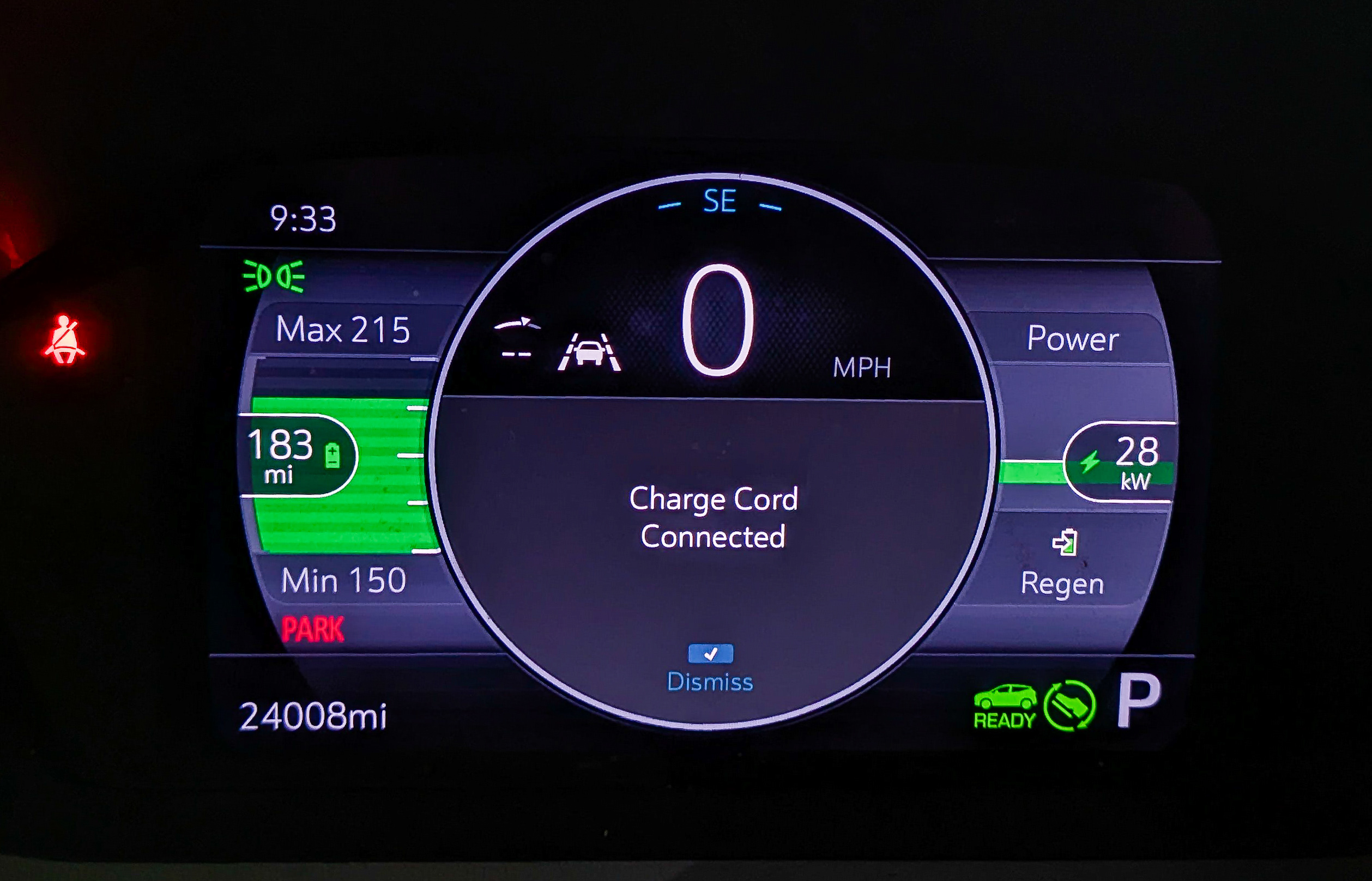The 2024 global gold report — Exploration, drilling, production, and major M&As

Gold prices in 2024 glittered at historic highs, fueled by stubborn inflation, central banks’ buying, and heightened geopolitical risks. The metal averaged near record territory for much of the year, breaking through $3,350 per oz. in the spring before easing on a stronger U.S. dollar and shifting interest-rate expectations. Safe-haven demand stayed robust, with central banks — led by China — adding to reserves, while investors used gold as a hedge against economic uncertainty and market volatility, thus leading to the precious metal breaking the $3,800 per oz. threshold by the end of October before ending the year at just above $3,600 per oz.
Volatility marked the year’s trading pattern: sharp rallies followed by profit-taking pullbacks kept the market on edge. Even so, gold closed the year well above its 2023 average, reinforcing its status as a resilient store of value. The persistent combination of macroeconomic headwinds, geopolitical flashpoints, and steady physical demand set the stage for continued strength heading into 2025.
This article offers a comprehensive review of the global gold industry in 2024, highlighting price trends, exploration spending, standout drilling results, leading producing mines, and the year’s most significant M&A deals.

Exploration budgets
Global gold exploration budgets reached $7.61 billion in 2024 (Table 1), with Canada leading at $1.78 billion, or 23.35% of the total, followed by Latin America ($1.46 billion), Australia ($1.25 billion), and the U.S. ($1.16 billion). Africa and the rest of world category each recorded just over $837 million, while Pacific/Southeast Asia had the smallest regional total at $286.48 million.

Canada, Australia, and the U.S. together accounted for 55% of global spending (Table 2), underscoring their dominance. Canada and Australia each had more than 300 active companies (373 and 322, respectively), reflecting broad exploration bases, while the U.S. operated with fewer than half as many companies as Australia, resulting in a higher average budget per company.

Mexico ranked fourth among individual countries at $399.37 million (5.25%), followed by China at $279.63 million (3.68%). Argentina, Peru, Côte d’Ivoire, and Chile each captured between 1.98% and 2.45%, while Brazil, Ecuador, Ghana, Russia, Saudi Arabia, and Mali rounded out the top 15 with between 1.20% and 1.93%. Notably, major historical gold producers such as South Africa were absent from the top tier, indicating a shift in exploration priorities.
Spending intensity varied widely. Saudi Arabia led with an average of $26.58 million per company across just four operators, followed by China ($13.32 million) and Côte d’Ivoire and Ghana (both over $9.3 million). Russia, Ecuador, and the U.S. also posted high per-company averages, ranging from $6.73 million to $9.11 million. In contrast, Canada and Australia’s large number of operators diluted their averages to $4.76 million and $3.89 million, respectively.
These trends reveal a clear divide between countries fostering large, capital-intensive projects and those with broad-based exploration ecosystems driven by many smaller operators.
By project stage (Table 3), mine site exploration dominated spending with $3.46 billion, accounting for almost 46% of the total budget. Late-stage and feasibility work attracted $2.67 billion (35%), while grassroots exploration received $1.47 billion (19%).

Major mining companies were the biggest spenders, committing $4.17 billion, or 55% of the total. Junior companies accounted for $2.51 billion (33%), while intermediates spent $846.4 million. Government agencies and other entities contributed less than 2% combined (Table 4).

In general, the 2024 exploration data underscore a market heavily weighted toward advanced-stage projects and mine site work, with majors maintaining the largest share of global spending. Canada’s top position reflects its mature mining ecosystem and strong pipeline of both operating mines and exploration properties.
Top 20 drill results
When ranked purely by gold grade equivalent (Table 5), 2024’s drill results read like a roll call of bonanza-grade hits that would quicken any geologist’s pulse. At the top of the list, Southern Cross Gold’s Sunday Creek project in Australia delivered all four top results, and three more out of the top 20, starting with an eye-watering 7,333 g/t over 0.3 metre — the kind of intercept that becomes a company-maker overnight. The same project struck again with 4,887.637 g/t over 0.3 metre, proving lightning can indeed strike twice in the same core. Serbia’s Coka Rakita, in the hands of Dundee Precious Metals, stunned with 3,025 g/t over an impressive one metre interval, blending sky-high grade with mine-shaping scale. Not to be outdone, Perseus Mining’s Yaoure mine in Côte d’Ivoire drilled 3,009 g/t over one metre in 6th place, while Emerald Resources’ Snoul project in Cambodia produced a dazzling 2,090 g/t over one metre in 10th place.

Canada’s highest gold grade equivalent intercept in 2024 came from Pan American Silver’s Whitney project in Ontario, which returned 1,940 g/t from diamond drilling at the reserves stage. Close behind was Wesdome’s Kiena mine in Quebec, an operating asset that delivered 1,920 g/t. New Found Gold’s Queensway project in Newfoundland added three entries to the list: 1,910 g/t from diamond drilling, along with 1,808 g/t and 1,494 g/t from channel sampling during the prefeasibility/scoping stage.
These results span producing mines, development-ready deposits, and advanced exploration projects, highlighting the strength of Canada’s high-grade gold pipeline. From Ontario’s historic gold belts to Quebec’s established mining camps and Newfoundland’s emerging district, the assays point to a mix of near-term production opportunities and significant resource growth potential, all anchored by world-class grades. Together, these results show the diversity of Canada’s gold bounty.
In general, while some of the top 20 intervals were narrow flashes of extreme grade and others were long runs of rich mineralization, all point to ore zones with the power to redefine mine plans and spark market excitement. From Australia’s goldfields to Canada’s frozen frontiers, and from West Africa to Southeast Asia, 2024’s top assays prove that the hunt for truly exceptional gold is far from over.

Top 20 producing projects in 2024
Muruntau in Uzbekistan retained its position as the world’s top gold-producing project in 2024, delivering 2.68 million oz. valued at $8.78 billion and accounting for 2.4% of global output (Table 6). Nevada Operations, run jointly by Barrick and Newmont, followed closely in volume at 2.68 million oz., while Indonesia’s Grasberg produced 1.86 million oz. worth $6.11 billion. Russia’s Olimpiada placed fourth at 1.44 million oz., ahead of Uzbekistan’s Almalyk Complex at 1.11 million oz. Combined, the top five projects contributed nearly 7.9% of world production, underscoring the high concentration of output among a small group of mines.

Canada’s presence in the top tier came from Agnico Eagle’s Detour Lake and Canadian Malartic operations, which produced 672,000 oz. and 656,000 oz., respectively, together representing 1.19% of global output. Other notable producers included Ghana’s Ahafo mine, Kazakhstan’s Kazzinc Consolidated, and Indonesia’s Batu Hijau, each yielding around one million oz. Kinross Gold’s Tasiast mine in Mauritania rounded out the top 11 with 622,000 oz. The data highlights the geographic diversity of the largest gold mines, with operations spanning North America, Africa, Central Asia, and Southeast Asia, but also shows how a handful of massive projects disproportionately influence global supply.

The remainder of the top 20 features a broad mix of regions and operators. Newmont’s Lihir mine in Papua New Guinea led this group with 614,000 oz, followed closely by Kyrgyzaltyn’s Kumtor mine and Newmont’s Boddington in Australia, each producing just under 600,000 oz. Mali’s Loulo complex, Ghana’s Tarkwa, and Brazil’s Paracatu each yielded more than 520,000 oz. Agnico Eagle’s Meadowbank in Canada and Lundin Gold’s Fruta del Norte in Ecuador both topped 500,000 oz, while Russia’s Blagodatnoye and China’s Qulong mines completed the list with just under 500,000 oz each. Collectively, these 10 operations contributed over 4.8% of global output, reinforcing the role of mid-tier high-volume mines in sustaining worldwide gold supply.

Top M&As
Finally, in 2024, the gold sector saw a surge in merger-and-acquisition (M&A) activity (Table 7), led by Australia’s Northern Star Resources buying De Grey Mining for $3.95 billion — the year’s largest gold deal. Other high-value transactions included Zijin Mining Group acquiring Newmont Golden Ridge in Ghana for $1.36 billion, and a series of Australian consolidations such as Westgold Resources’ $1.05-billion purchase of Karora Resources and Red 5’s $705.78-million takeover of Silver Lake Resources. Activity was geographically diverse, with deals spanning Africa, South America, and the Asia-Pacific, underscoring a global appetite for reserve growth and production scale amid strong gold prices.

Canada was at the heart of the M&A wave, claiming nine of the top 20 deals. The largest Canadian transaction was Gold Fields’ $1.82-billion acquisition of Osisko Mining, followed by Premier Gold Mines Hardrock taking a 40% stake in Greenstone Gold Mines for $1.35 billion and Orla Mining’s $1.20-billion purchase of the Musselwhite Joint Venture. Other notable deals included Alamos Gold’s acquisition of Argonaut Gold for $705.64 million, G Mining Ventures’ $553.02-million takeover of Reunion Gold, and Silvercorp Metals’ purchase of Adventus Mining for $215.01 million. This flurry of Canadian transactions reflects a focus on both expanding domestic production and acquiring strategic assets abroad, reinforcing Canada’s position as a leading hub for gold-sector consolidation.

Disclaimer
- All monetary figures presented in the tables are expressed in millions of Canadian dollars.
- Total national mine production figures are compiled independently by the World Bureau of Metal Statistics (WBMS) and may differ from production totals in the S&P Global Market Intelligence database, owing to the absence of reliable mine-level information for certain countries.
- The datasets, expressed in Canadian dollars, were extracted, refined, reviewed, and analyzed by the author using the S&P Capital IQ Pro database, to the best of the author’s knowledge and professional judgment.




